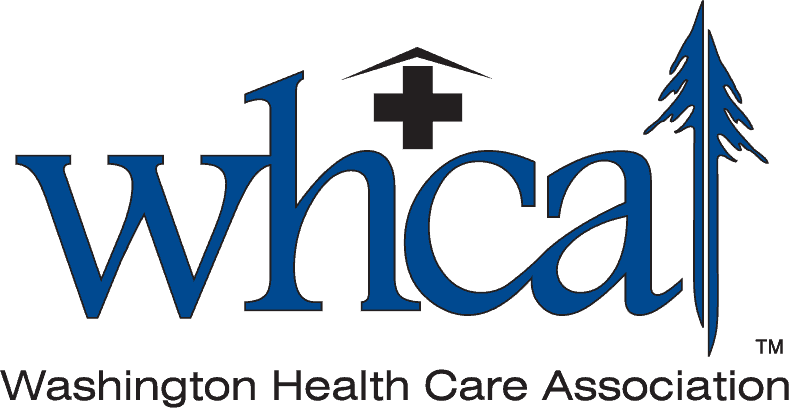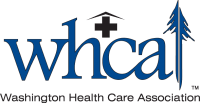Safety
Winter Weather is Here—Slip, Trip and Fall Prevention
Winter creates the perfect conditions for slips, trips and falls. So, to help avoid injury when walking on wet or slick surfaces, below are some simple tips. Read the full story.
- Wear boots or other slip-resistant footwear (bring your work shoes to change into once safely indoors).
- Take the safest route to your destination and make the time for it. Try to avoid slippery surfaces, don’t rush and use handrails along the way, if possible.
- Don’t text or surf the web while walking—it’s distracting.
- Walk deliberately. Bending your knees and taking slow, short steps increases traction and lowers the odds of falling.
- If you have to walk on slippery surfaces, also remember to keep your center of balance under you.
- Look out for “black ice.” Dew, fog or water vapor can freeze on cold surfaces and form an extra-thin, nearly invisible layer of ice that can look like a wet spot on the pavement. It often shows up early in the morning, or in areas that are shaded from the sun.
- Use caution when getting in and out of vehicles and use the vehicle for support.
- When entering a building, remove as much water (or snow) from your boots as you can, and watch for wet and slippery floors.
- Keep hands empty so arms are free to move for stabilization. If you must carry items, use backpacks if possible.
- When walking on steps, always use the hand railings and plant your feet firmly on each step.
Safe Winter Driving
Winter driving can be hazardous and scary, especially in areas of the country with snow and ice. Additional preparations can help make a trip safer, or help motorists deal with an emergency. OSHA provides a safety information sheet to help prevent motor vehicle injuries due to winter storms. Download the Safe Winter Driving PDF from OSHA.
OSHA Record Keeping
December is the month when business owners find themselves cleaning up Worker Injury and Illness records in preparation for the OSHA Record Keeping scramble in January. Remember that if you are a “covered employer,” you have two obligations:
- You are required to post your OSHA Form 300A Summary in an area available to employees and employee representatives, from February 1st through April 30th.
- You are required to provide your OSHA Form 300A Summary of work-related injuries and illnesses for 2019 in an electronic format to Federal OSHA by March 2nd, 2020. Download the OSHA Fact Sheet.
OSHA 300 e-Reporting Webinars
Employer Resources Northwest is holding multiple webinar sessions on OSHA 300 Record Keeping, covering both the “Nuts and Bolts” of record keeping and “Electronic Reporting.” If you have questions about OSHA 300 record keeping or are new to record keeping requirements, this would be a great opportunity to learn. Go to ERNwest.com/training to choose the session that best fits your needs.
WHCA Safety Resources
Access WHCA and general safety resources. Learn more
Workers’ Comp News
New Year Growing Pains
Over the next couple of months, we will find ourselves managing many things the Holidays throw at us, all while preparing our budget for the next year. In 2020, a new and increased minimum wage comes to Washington State. Are you prepared?
Starting in January the minimum wage will increase by $1.50 to total $13.50 per hour across the State. However, if you run your business out of Sea-Tac or Seattle, you are likely looking at a higher-wage rate.
- Sea-Tac: the minimum wage was increased to $16.09 per city ordinance in 2019.
- Seattle: has a plan to reach $15.00 per hour by 2021, although larger employers are already required to pay at that level. Employers with 501 or more employees are already required to pay $16.00 per hour. Employers with 500 or fewer employees are required to pay $15.00 unless the employee earns $3.00 in tips or the employer pays this amount, per hour, toward medical benefits.
Be prepared for the future increase by:
- Knowing what your schedule looks like. Do research and talk to city officials in your area to know exactly what your minimum age requirements are.
- Auditing your expenses. Create a hiring plan that takes the wage increases into account.
- Making sure you hire the right employees. Replacing employees is expensive.
For more information on Washington State minimum wage requirements visit https://www.lni.wa.gov/WorkplaceRights/Wages/Minimum/
Upcoming Training
December 12, 2019 What is Retro*
December 19, January 23, 2019 OSHA 300 Record Keeping –“Electronic Reporting”
December 24, 2019 Using Kept on Salary and Modified Duty Effectively
L&I News
Get Grant Money for New Safety
and Health Projects
The SHIP grant program under L&I funds Safety & Health (S&H) ideas that prevent workplace injuries, illnesses, fatalities and projects for developing and implementing an effective and innovative Return-to-Work (RTW) program for injured workers. Learn more.
Remember to report all incidents on the ERNwest website so that your claims manager is aware and can help guide you through the process. | ERNwest.com/report-an-incident
WHCA Retro Questions?
Please contact Stephanie Scheurich, WHCA Group Manager
(253) 237-0837 | SScheurich@ernwest.com
WHCA Safety Questions?
Please contact Oscar Granger
(253) 237-0819 | OGranger@ernwest.com


